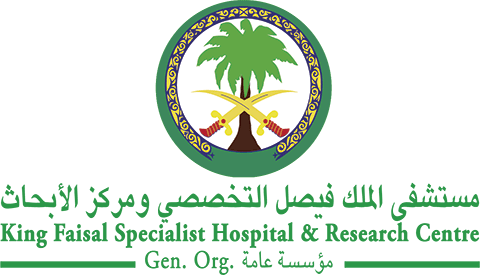Abstract
Hematopoietic Stem Cell Transplantation (HSCT) has been considered curative for children with high-risk acute leukemia (ALL) offering better survival. Short tandem repeat (STR) has been used as a marker of chimerism status after HSCT. The appearance of recipient cells >1% post allogenic stem cell transplant was defined as mixed chimerism (MC). Chimeric studies post HSCT are dynamic. The aim of this study was to study the significance of recipients cells in post-HSCT pediatric ALL patients as a predictor of relapse of their primary disease. Rate of MC was 51.4% (19 out of 37 recipients). It was 48.6% (n=18) during Day+100 and 12.9% (4 out of 31 recipients) during post-Day+100 follow-up till 2 years. No significant association between MC and all grade overall acute GvHD was noted. We saw a mortality rate of 35.1% (n=13) and a median follow-up of 56.9 months (95% CI: 39.7-74.2) all but four (16.7%) of the survivors were in remission. In terms of causes of death, transplant related mortality was recorded in only two of 13 expired patients (15.4%); both succumbed to sepsis. No significant association was found between MC and primary causes of death. The cumulative probability of five-year overall survival (OS) and event-free survival (EFS) was not found to be statistically significantly difference for MC (≤ 1.0% vs. > 1.0%). In conclusion, our data did not show mixed chimerism testing alone as an effective prognostic marker for detecting relapse; molecular and flowcytometric analyses should be considered in children with ALL post-HSCT for monitoring relapse.
Recommended Citation
Khan, Saadiya; AlSaif, Zainab; Siddiqui, Khawar; AlSaedi, Hawazen; Al-Ahmari, Ali; Al-Jefri, Abdullah; Ghemlas, Ibrahim; AlAnazi, Awatif; and Ayas, Mouhab
(2023)
"Is mixed chimerism post allogeneic hematopoietic stem cell transplantation in pediatric acute lymphoid leukemia a prognostic factor for relapse ?,"
Hematology/Oncology and Stem Cell Therapy: Vol. 17
:
Iss.
1
, Article 2.
Available at: https://doi.org/10.56875/2589-0646.1112
Creative Commons License

This work is licensed under a Creative Commons Attribution-Noncommercial-No Derivative Works 4.0 License.
Included in
Cancer Biology Commons, Hematology Commons, Oncology Commons

